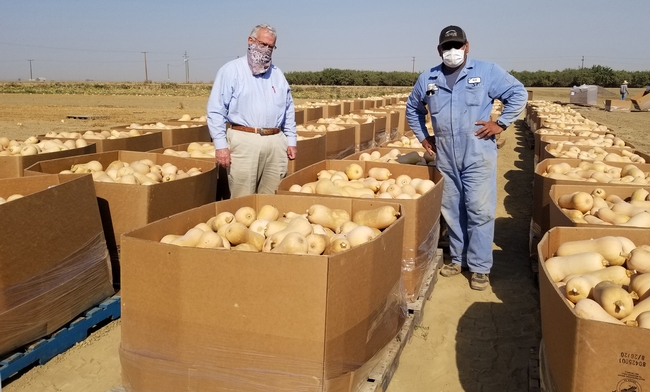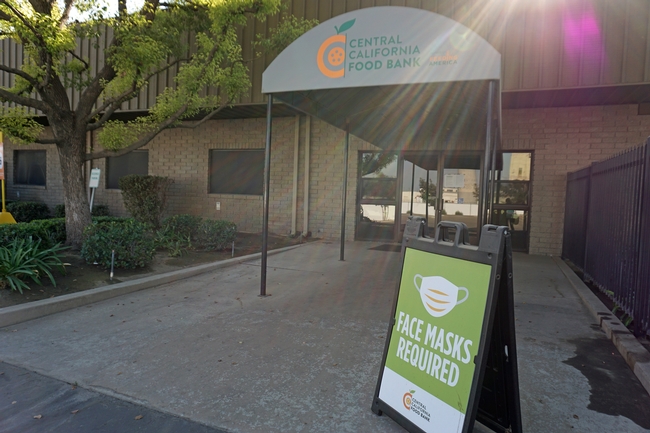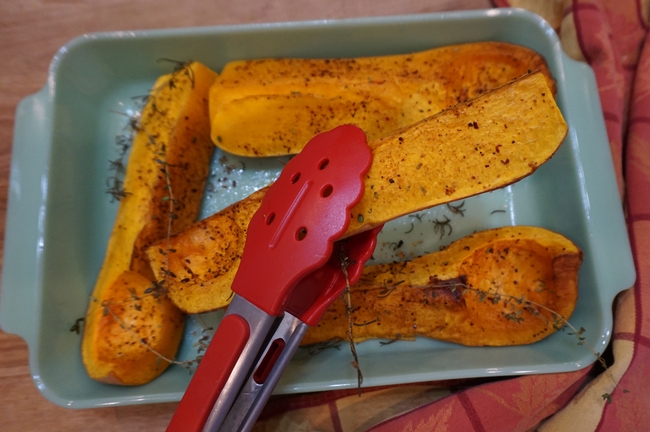West Side farmer John Diener had flash of inspiration. Why not plant butternut squash?
Diener is a long-time research cooperator with UC Cooperative Extension specialist Jeff Mitchell, who has studied innovative, sustainable farming practices for 21 years at the UC West Side Research and Extension Center under four different treatments: no-till plus cover crops, no-till with no cover crops, conventionally tilled with cover crops and conventionally tilled without cover crops.
Since it was established, the research plots have been managed in an annual rotation of cotton, processing tomatoes and, more recently, sorghum, garbanzo beans and melons. When trying to decide what crop to bring into the rotation for 2020, Diener thought of butternut squash, a relatively large, thick-skinned squash that has little pest and disease problems and a long-shelf life. He suggested the squash could be donated to the Central California Food Bank and made available to local families in time for Thanksgiving and Christmas.
CCFB provides food to more than 220 agencies in Fresno, Madera, Kings, Kern and Tulare counties, serving more than 280,000 people each month. Last year, CCFB supplied over 40 million pounds of food in all.
Diener arranged for butternut squash seed to be donated by David Bodine of AgSeeds. He generously paid for several days of labor to harvest the crop. Diener contacted family friend Joan Minasian, who serves on the Food Bank board, to make arrangements for delivering 101 bins of squash – more than 70,000 pounds – to the food bank's Fresno distribution center.
“The Central Valley Food Bank is working on diversifying the food we offer in meal boxes and distributions,” Minasian said. “I'm really proud of the food bank's efforts to increase healthy foods. We're always looking for farmers to partner with.”
Butternut squash, a winter squash, has a 90-day shelf life without refrigeration. It is grown in the summer; the name is derived from the fact that the mature vegetable can be stored for winter eating.
In addition to supporting farmers with research and advice, UC Cooperative Extension offers nutrition education programs to low-income Californians. Deepa Srivastava – UCCE nutrition, family and consumer sciences advisor for Kings and Tulare counties – manages two programs that extend information to families on healthy eating, food safety, food resource management, gardening, physical activity and youth engagement.
Srivastava said butternut squash is a nutritious addition to family diets. The vegetable is a good source of vitamin A and vitamin C, and also supplies vitamin B-6, protein, fiber, magnesium, potassium and iron.
The squash's buff exterior protects golden flesh that is nutty and sweet. It can be baked, boiled or grilled whole or chopped. Cooked squash can be pureed for soup or baby food, added to casseroles, pies, salads and stuffing. The cooked flesh adds beautiful fall color to everyday meals or holiday spreads.
One easy way to prepare butternut squash is roasting in the oven. Preheat the oven at 350 degrees. Carefully cut the squash in half and scrape out seeds and strings with a spoon. Place cut side up in an oven-safe pan, then brush the flesh lightly with olive oil. Season to taste with salt, pepper, cayenne pepper, fresh or dried herbs and spices. Bake for one hour, or until it can be easily pierced with a fork.


